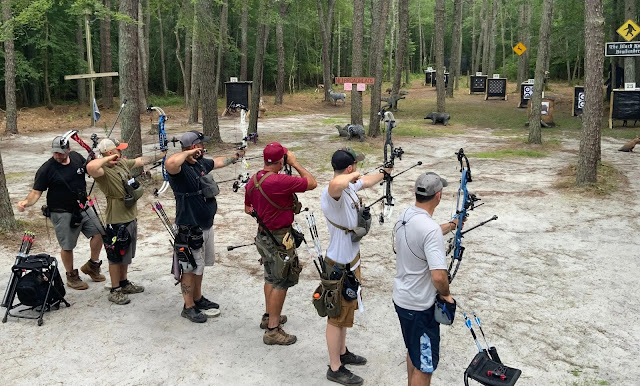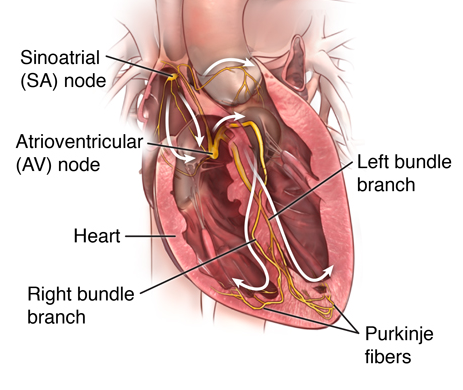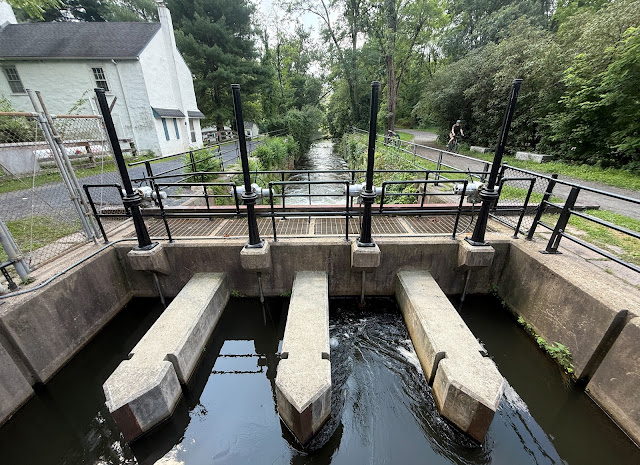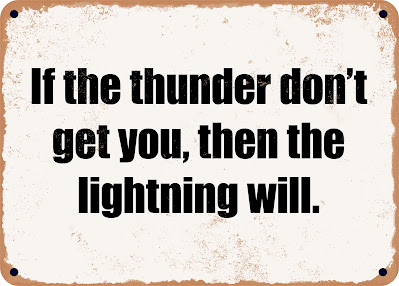
It's been 24 years since 9/11. On September 11, 2001 I was a firefighter assigned to Rescue Co.1 in Newark. I spent four days at Ground Zero. For the last 21 years I've been a part of
the 9/11 Medical Monitoring and Treatment Program at Mt. Sinai in Manhattan. I am lucky that I learned of the program and have be consistent with my appointments over the years. It has been a Godsend. Over the course of my monitoring and treatment I've seen the best providers one could ask for. I've been screened, diagnosed, prescribed medication, had major surgery, and had test after test done to make sure nothing new has creeped up. Well, things are a creeping...
On June 24th I had an appointment for a low-dose CT scan of the chest. It would be used as a comparison for similar imaging tests done in 2017 & 2020. Both had showed some "things", basically bilateral lung nodules and enlarged mediastinal lymph nodes. Over the course of the years I have been diagnosed with pulmonary sarcoidosis so having "things" in and around your lungs isn't all that uncommon, either are swollen lymph nodes.
So we went for the CT scan and a day later I got a message that the results were in my patient portal. Well, things have been going on on the inside without me knowing. That's why routine screening and follow-ups are so important. In short, things are new, things are getting bigger, and, here's what caught my eye, "...suspicious for indolent primary lung cancer". Now they had my attention.
Afterwards my primary Doc and I had a virtual meeting and she put in a consult for me to follow-up. I was surprised in whom she picked. My appointment would be with Dr. Roja Flores, Chief of Thoracic Surgery at Mt. Sinai. While it's good to be in good hands I didn't think I
needed the hands of a surgeon, well at least not off the bat. Theresa and I went yesterday for the consult and have some good news, well, it's news. The first thing he said to us was, "If I put your CT in front of just about every cardiac thoracic surgeon in NYC they would put you in the next opening on the OR schedule", adding, for me, "I don't think we need to go there, yet".
So I asked him, "What about a biopsy?". "How about a PET scan?". "Do I have cancer?". His answer, "Yes you might, but it doesn't matter, yet." He explained how there are cancers like the
turtle, and the hare. One slow like molasses, basically not going anywhere (in-situ), and the other fast, like in growing and multiplying. While the "things" growing in my lungs have doubled in size, it's taken since 2017 to do so. That's a turtle's speed.
He's a surgeon. He likes to go in. One day he might. But he said without symptoms, like major ones, just live your life to the fullest, if they are cancer or not, and we'll deal with it when we have to. 'That's what I would tell myself if I were sitting in your seat". He also said my sarcoidosis just complicates the whole mess. We loved the guy. We trust him. Let's just wait and see.
So, I'll have a repeat CT scan in October, another consult later in the day, and we'll go from there. It strengthen's my belief on how important screening tests are for a variety of things
and not just cancer. But, blood work, chest x rays, mammographies, breast exams. testicular exams, prostate screening and DRE's (Digital Rectal Exam), Pap smear, colonoscopy, carotid artery checks (Think stroke), and skin cancer screenings, and that's just a partial list, well don't forget blood sugars, blood pressures, and the big one, Lipid Profiles, cholesterol and triglycerides.
Lucky for me the 9/11 Program exists and I have a good team behind me, along with a prayer warrior of a wife and faith that God thinks I'm kinda alright. We'll see where this goes for me and if you're due for a test, or some digits up your bum, make the appointment and stay on top of things.
And remember,





















































